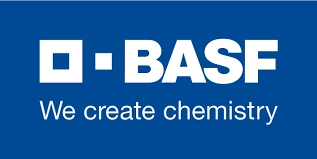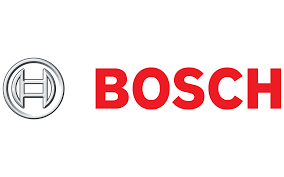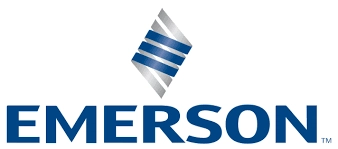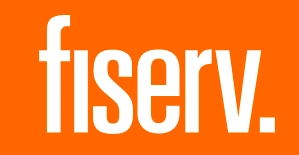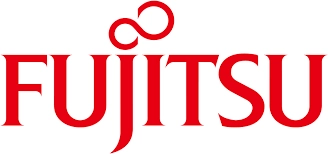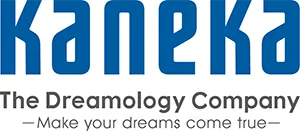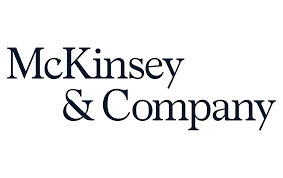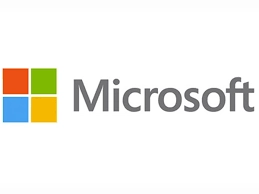Frozen Food Market Overview 2024:
The global frozen food market was USD 270 billion in 2023 and is expected to register a rapid revenue CAGR of 5% during the forecast period. Key factors such as growing demand for convenience, high preference for frozen food due to hectic routines, and increasing exposure to different cuisines and flavors around the world are expected to drive global market growth during the forecast period.
Frozen food refers to food products that have been subjected to freezing or refrigeration to preserve their quality, freshness, and nutrients. These food products are usually stored at temperatures below 0°C to obstruct the growth of microorganisms and slower the chemical reactions that lead to spoilage. Frozen food products include a wide range of products from fruits and vegetables, meat and seafood, dairy products, and baked products, to convenience food, ready meals, and pet food.
Changing lifestyle patterns and busy lifestyles have resulted in increasing demand for frozen food products as these products have better shelf life compared to fresh food plus it eliminates to need for frequent grocery shopping trips and meal preparations. Moreover, fresh food enables consumers to enjoy seasonal produce year-round.
However, some premium or specialty food items are more expensive than their fresh counterparts which can hamper its adoption among price-sensitive consumers.
Graphical Overview:
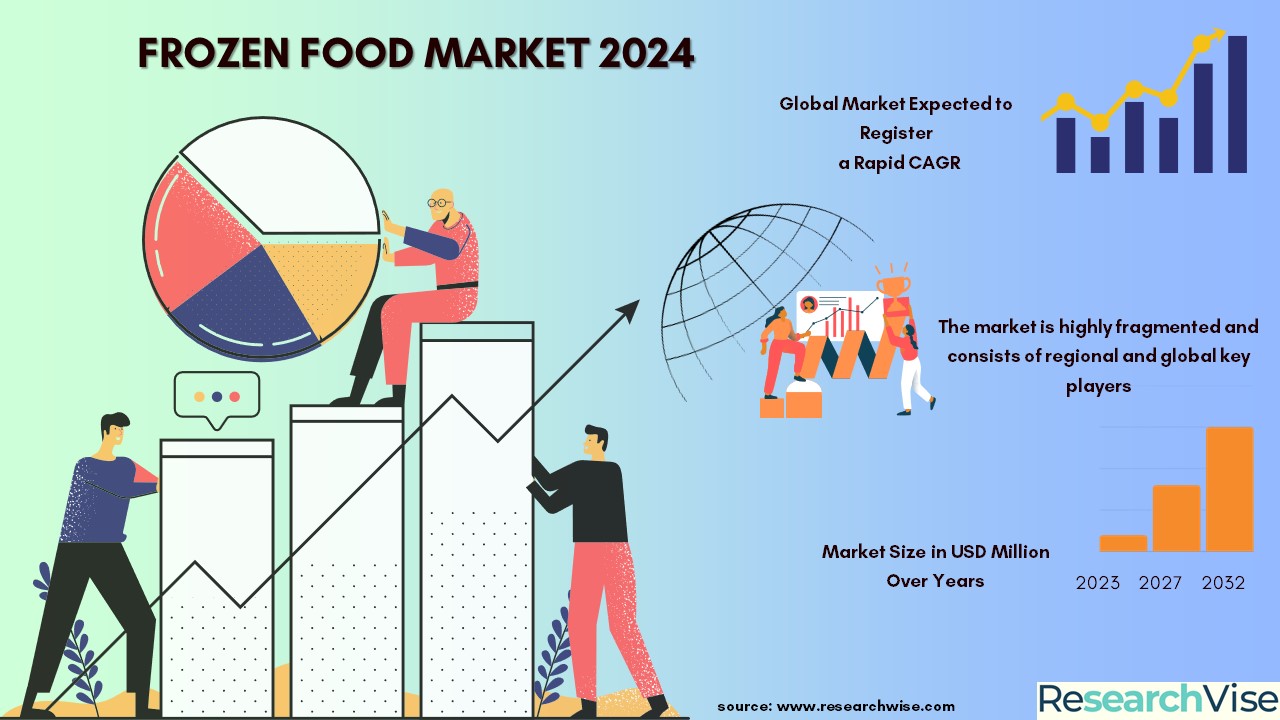
Key Takeaways:
Rising Preference of Online Grocery Shopping:
The rapidly expanding e-commerce sector has resulted in rising accessibility for frozen food. Consumers can easily browse through a wide range of frozen food and meals and order right from their homes or offices. In addition, frozen food is preferred due to longer shelf life as compared to fresh options. These factors are expected to boost global market growth between 2024 and 2032.
High Preference for Fresh Food and Stringent Government Regulations:
While frozen food is gaining traction, many people prefer fresh food. This can be due to the addition of preservatives, high sodium content in frozen food. Moreover, factors such as high energy input requirements for the production and distribution of frozen foods and stringent government regulations regarding storage and handling can hamper overall growth to a certain extent during the forecast period.
Market Opportunities:
The frozen food market presents several opportunities for growth and development due to changing consumer preferences, technological advancements and market trends. Some key opportunities include growing demand for premium and gourmet frozen food, introduction to ethnic and international flavors and high focus on sustainability.
Type Outlook:
Based on type, the global market is segmented into raw material, half-cooked, and ready-to-eat. Among these, the ready-to-eat segment is expected to account for the largest revenue share during the forecast period owing to growing preference for ready-to-meals to cater to busy, hectic schedules, rising disposable income, and increasing availability of various types of frozen meals and products in online and offline stores.
Product Outlook:
The global market is segmented into fruits & vegetables, dairy products, baked products, meat and seafood products, convenience food & ready meals, and pet food based on product type. Among these, the meat and seafood segment is expected to register rapid revenue CAGR over the forecast period. This growth can be attributed to high consumption of seafood and meat in many parts of the globe and high preference for frozen sea food and meat due to enhanced convenience and longer shelf life.
Regional Outlook:
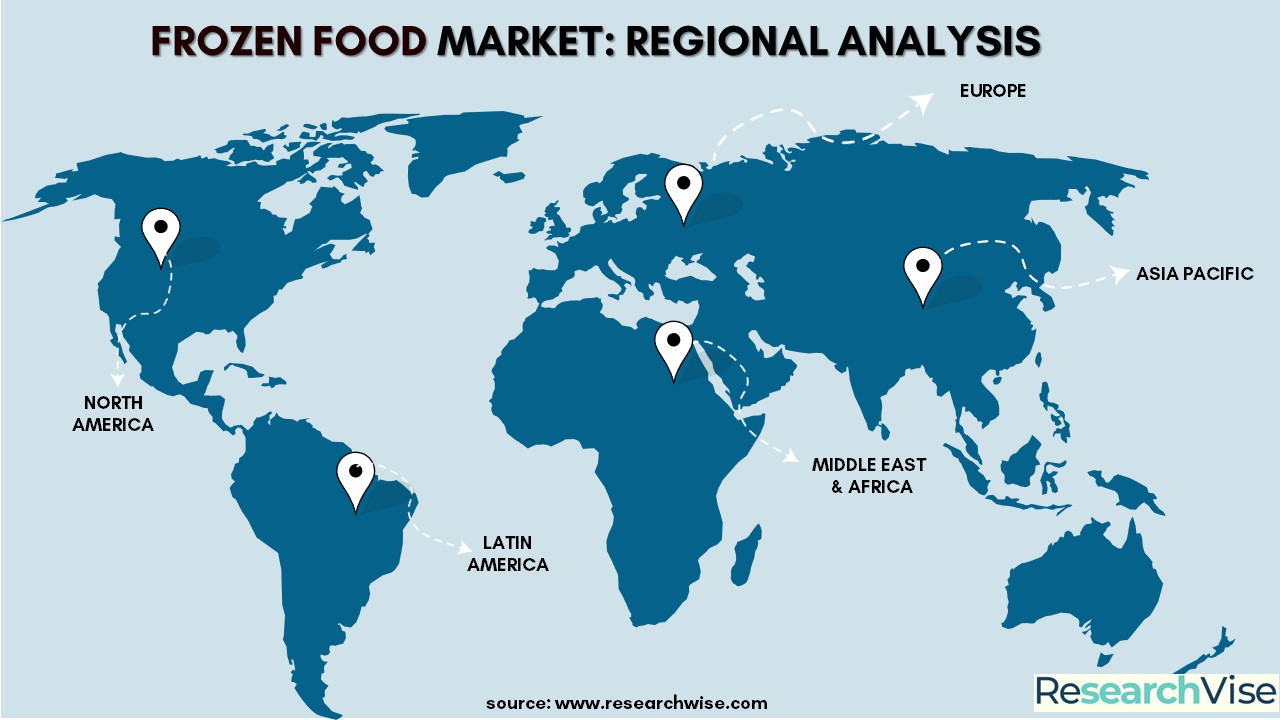
North America is expected to account for the largest revenue share in the global market during the forecast period owing to high adoption of a fast-paced lifestyle, growing demand for convenience, and rising awareness about health and wellness. In addition, rising innovations in freezing and packaging technologies, presence of leading companies, and increasing investments in R&D activities are other factors expected to drive North America market growth during the forecast period.
Report Coverage:
| Report Details |
Outcome |
| Base Year for Estimation |
2023 |
| Historical Data |
2018-2022 |
| Forecast Period |
2024-2032 |
| Segments Covered: |
Product, Type, Distribution Channel, End-Use, and Region |
| By Product |
Fruits & Vegetables, Dairy Products, Baked Products, Meat and Seafood Products, Convenience Food & Ready Meals, Pet Food, Others |
| By Type |
Raw Material, Half-cooked, Ready-to-eat |
| By Distribution Channel |
Online, Offline |
| By End Use |
Food Service Industry, Retail Users |
| Regional Scope |
North America, Europe, Asia Pacific, Latin America, Middle East and Africa |
| Country Scope |
United States, Canada, Germany, France, UK, Italy, Russia, China, Japan, South Korea, Southeast Asia, India, Mexico, Brazil, Saudi Arabia, UAE, Turkey |
| Qualitative Info |
•Value Chain Analysis
•Pricing Analysis
•Regional Outlook
•Market Trends
•Market Share Analysis
•Competition Analysis
•Technological Advancements |
| Key Players |
Kellogg Company, The Kraft Heinz Company, Associated British Foods plc, Ajinomoto Co., Inc., Conagra Brands, Inc., JBS S.A., Cargill, Incorporated, Aryzta AG, Nestle S.A., General Mills, Inc. |
| Customization Scope |
10 Hours of Free Customization and Expert Consultation |
Competitive Landscape:
The global frozen food market is extremely competitive, comprising several regional and global level key players. Leading key players are focused on adopting various strategic alliances like mergers and acquisitions, partnerships, joint ventures, collaborations, and product launches to maintain their global position and enhance their product offerings. They are also focused on innovation, and scalability, and are adapting to evolving technology trends and consumer needs.
Some Leading Market Companies Listed in the Report:
Frozen Food Industry Recent Developments:
- In May 2023, Bikano, a global snack and packaged food manufacturing company announced the launch of frozen products in the international market.
- In April 2022, Prasuma, India’s leading chilled meat and frozen food brand, announced the addition of new snacks including Chicken Nuggets, Frozen Veg and Chicken Spring Rolls, Chicken and Mutton Seekh Kababs, Bacon, Veg and Chicken Mini Samosas to its frozen food portfolios.
The global frozen food market has been segmented based on product, type, distribution channel, end use, and region:
By Product:
- Fruits & Vegetables
- Dairy Products
- Baked Products
- Meat and Seafood Products
- Convenience Food & Ready Meals
- Pet Food
- Others
By Type:
- Raw Material
- Half-cooked
- Ready-to-eat
By Distribution Channel:
By End Use:
- Food Service Industry
- Retail Users
By Region:
- North America
- Europe
- Germany
- France
- UK
- Italy
- Russia
- Nordic Countries
- Asia Pacific
- China
- Japan
- South Korea
- Southeast Asia
- India
- Australia
- Rest of Asia
- Latin America
- Mexico
- Brazil
- Rest of Latin America
- Middle East & Africa
- Turkey
- Saudi Arabia
- UAE
- Rest of MEA
Frequently Asked Questions!
The Frozen Food Market is segmented based on Type, Application, and by region.
- Kellogg Company
- The Kraft Heinz Company
- Associated British Foods PLC
- Ajinomoto Co., Inc.
- Conagra Brands, Inc.
- JBS S.A.
- Cargill Incorporated
- Aryzta AG
- Nestle S.A.
- General Mills, Inc.
are the top players in the market.
The Frozen Food Market report provides global companies with an opportunity to enter new markets, invest in new sectors, analyze consumer reactions, investigate global competition, and ultimately make smart investments.
Factors such as competitive strength and market positioning are key areas considered while selecting top companies to be profiled.
Chapter 1. Methodology and Scope
1.1. Methodology Segmentation & Scope
1.2. Information Procurement
1.2.1. Purchased database
1.2.2. Secondary Sources
1.2.3. Third-party Perspectives
1.2.4. Primary research
1.3. Information Analysis
1.3.1. Data Analysis Models
1.4. Market Formulation & Data Visualization
1.5. Research Scope & Assumptions
Chapter 2. Executive Summary
2.1. Frozen Food Market- Industry Snapshot, 2018 - 2032
Chapter 3. Frozen Food Market Variables, Trends & Scope
3.1. Market Size and Growth Prospects, 2024-2032
3.2. Industry Value Chain Analysis
3.3. Market Dynamics
3.3.1. Market Driver Analysis
3.3.2. Market Restraint/Challenge Analysis
3.3.3. Market Opportunity Analysis
3.4. Penetration & Growth Prospect Mapping
3.5. Business Environment Analysis Tools
3.5.1. Industry Analysis - Porter's Five Forces Analysis
3.5.2. PEST Analysis
3.5.3. COVID-19 Impact Analysis
Chapter 4. Frozen Food Market Type Outlook 2024-2032 (USD Million)
Chapter 5. Frozen Food Market Application Outlook 2024-2032(USD Million)
Chapter 6: Coronavirus Diseases (COVID-19) Impact:
6.1. Introduction
6.2 Current and Future Impact Analysis
6.3 Economic Impact Analysis
6.4 Investment Scenario
Chapter 7. North America Frozen Food Market Share by Region, 2024 & 2032 (USD Million)
7.1. Market Estimates and Forecast 2024 - 2032 (USD Million)
7.2. Market Estimates and Forecast by Type, 2024-2032 (USD Million)
7.3. Market Estimates and Forecast by Application, 2024-2032 (USD Million)
7.4.1. U.S.
7.4.1.1. Market Estimates and Forecast 2024-2032 (USD Million)
7.4.1.2. Market Estimates and Forecast by Type, 2024-2032 (USD Million)
7.4.1.3 Market Estimates and Forecast by Application, 2024-2032 (USD Million)
7. 4.2. Canada
7. 4.2.1. Market Estimates and Forecast 2024-2032 (USD Million)
7. 4.2.2. Market Estimates and Forecast by Type, 2024-2032 (USD Million)
7. 4.2.3 Market Estimates and Forecast by Application, 2024-2032 (USD Million)
Chapter 8. Europe Frozen Food Market Share by Region, 2024 & 2032 (USD Million)
8.1. Market Estimates and Forecast 2024 - 2032 (USD Million)
8.2. Market Estimates and Forecast by Type, 2024-2032 (USD Million)
8.3. Market Estimates and Forecast by Application, 2024-2032 (USD Million)
8.4.1. Germany
8.4.1.1. Market Estimates and Forecast 2024-2032 (USD Million)
8.4.1.2. Market Estimates and Forecast by Type, 2024-2032 (USD Million)
8.4.1.3. Market Estimates and Forecast by Application, 2024-2032 (USD Million)
8.4.2. France
8.4.2.1. Market Estimates and Forecast 2024-2032 (USD Million)
8.4.2.3. Market Estimates and Forecast by Type, 2024-2032 (USD Million)
8.4.2.3. Market Estimates and Forecast by Application 2024-2032 (USD Million)
8.4.3. UK
8.4.3.1. Market Estimates and Forecast 2024-2032 (USD Million)
8.4.3.2. Market Estimates and Forecast by Type, 2024-2032 (USD Million)
8.2.3.3. Market Estimates and Forecast by Application 2024-2032 (USD Million)
8.4.4. Italy
8.4.4.1. Market Estimates and Forecast 2024-2032 (USD Million)
8.4.4.2. Market Estimates and Forecast by Type, 2024-2032 (USD Million)
8.4.4.3. Market Estimates and Forecast by Application 2024-2032 (USD Million)
8.4.5. Russia
8.4.5.1. Market Estimates and Forecast 2024-2032 (USD Million)
8.4.5.2. Market Estimates and Forecast by Type, 2024-2032 (USD Million)
8.4.5.3. Market Estimates and Forecast by Application 2024-2032 (USD Million)
8.4.6. Nordic Countries
8.4.6.1. Market Estimates and Forecast 2024-2032 (USD Million)
8.4.6.2. Market Estimates and Forecast by Type, 2024-2032 (USD Million)
8.4.6.3. Market Estimates and Forecast by Application 2024-2032 (USD Million)
8.4.7. Rest of Europe
8.4.7.1. Market Estimates and Forecast 2024-2032 (USD Million)
8.4.7.2. Market Estimates and Forecast by Type, 2024-2032 (USD Million)
8.4.7.3. Market Estimates and Forecast by Application, 2024-2032 (USD Million)
Chapter 9. Asia Pacific Frozen Food Market Share by Region, 2024 & 2032 (USD Million)
9.1. Market Estimates and Forecast 2024 - 2032 (USD Million)
9.2. Market Estimates and Forecast by Type, 2024-2032 (USD Million)
9.3. Market Estimates and Forecast by Application, 2024-2032 (USD Million)
9.4.1. China
9.4.1.1. Market Estimates and Forecast 2024-2032 (USD Million)
9.4.1.2. Market Estimates and Forecast by Type, 2024-2032 (USD Million)
9.4.1.3. Market Estimates and Forecast by Application, 2024-2032 (USD Million)
9.4.2. Japan
9.4.2.1. Market Estimates and Forecast 2024-2032 (USD Million)
9.4.2.2. Market Estimates and Forecast by Type, 2024-2032 (USD Million)
9.4.2.3. Market Estimates and Forecast by Application, 2024-2032 (USD Million)
9.4.3. South Korea
9.4.3.1. Market Estimates and Forecast 2024-2032 (USD Million)
9.4.3.2. Market Estimates and Forecast by Type, 2024-2032 (USD Million)
9.4.3.3. Market Estimates and Forecast by Application, 2024-2032 (USD Million)
9.4.4. India
9.4.4.1. Market Estimates and Forecast 2024-2032 (USD Million)
9.4.4.2. Market Estimates and Forecast by Type, 2024-2032 (USD Million)
9.4.4.3. Market Estimates and Forecast by Application, 2024-2032 (USD Million)
9.4.5. Australia
9.4.5.1. Market Estimates and Forecast 2024-2032 (USD Million)
9.4.5.2. Market Estimates and Forecast by Type, 2024-2032 (USD Million)
9.4.5.3. Market Estimates and Forecast by Application, 2024-2032 (USD Million)
9.4.6. Rest of Asia Pacific
9.4.6.1. Market Estimates and Forecast 2024-2032 (USD Million)
9.4.6.2. Market Estimates and Forecast by Type, 2024-2032 (USD Million)
9.4.6.3. Market Estimates and Forecast by Application, 2024-2032 (USD Million)
Chapter 10. Latin America Frozen Food Market Share by Region, 2024 & 2032 (USD Million)
10.1. Market Estimates and Forecast 2024 - 2032 (USD Million)
10.2. Market Estimates and Forecast by Type, 2024-2032 (USD Million)
10.3. Market Estimates and Forecast by Application, 2024-2032 (USD Million)
10.4.1. Mexico
10.4.1.1. Market Estimates and Forecast 2024-2032 (USD Million)
10.4.1.2. Market Estimates and Forecast by Type, 2024-2032 (USD Million)
10.4.1.3. Market Estimates and Forecast by Application, 2024-2032 (USD Million)
10.4.2. Brazil
10.4.2.1. Market Estimates and Forecast 2024-2032 (USD Million)
10.4.2.2 Market Estimates and Forecast by Type, 2024-2032 (USD Million)
10.4.2.3. Market Estimates and Forecast by Application, 2024-2032 (USD Million)
10.4.3 Rest of Latin America
10.4.3.1 Market Estimates and Forecast 2024-2032 (USD Million)
10.4.3.2. Market Estimates and Forecast by Type, 2024-2032 (USD Million)
10.4.3.3. Market Estimates and Forecast by Application, 2024-2032 (USD Million)
Chapter 11. Middle East and Africa Frozen Food Market Share by Region, 2024 & 2032 (USD Million)
11.1. Market Estimates and Forecast 2024 - 2032 (USD Million)
11.2. Market Estimates and Forecast by Type, 2024-2032 (USD Million)
11.3. Market Estimates and Forecast by Application, 2024-2032 (USD Million
11.4.1 Turkey
11.4.1.1 Market Estimates and Forecast 2024-2032 (USD Million)
11.4.4.2. Market Estimates and Forecast by Type, 2024-2032 (USD Million)
11.4.4.3. Market Estimates and Forecast by Application, 2024-2032 (USD Million)
11.4.2. Saudi Arabia
11.4.2.1. Market Estimates and Forecast 2024-2032 (USD Million)
11.4.2.2 Market Estimates and Forecast by Type, 2024-2032 (USD Million)
11.4.2.3. Market Estimates and Forecast by Application, 2024-2032 (USD Million)
11.4.3 UAE
11.4.3.1. Market Estimates and Forecast 2024-2032 (USD Million)
11.4.3.2. Market Estimates and Forecast by Type, 2024-2032 (USD Million)
11.4.4.1. Market Estimates and Forecast by Application, 2024-2032 (USD Million)
11.4.5. Rest of MEA
11.4.5.1. Market Estimates and Forecast 2024-2032 (USD Million)
11.4.5.2. Market Estimates and Forecast by Type, 2024-2032 (USD Million)
11.4.5.3. Market Estimates and Forecast by Application, 2024-2032 (USD Million)
Chapter 12 Frozen Food Market Competitive Landscape
- Kellogg Company
- The Kraft Heinz Company
- Associated British Foods PLC
- Ajinomoto Co., Inc.
- Conagra Brands, Inc.
- JBS S.A.
- Cargill Incorporated
- Aryzta AG
- Nestle S.A.
- General Mills, Inc.
- Kellogg Company
- The Kraft Heinz Company
- Associated British Foods PLC
- Ajinomoto Co., Inc.
- Conagra Brands, Inc.
- JBS S.A.
- Cargill Incorporated
- Aryzta AG
- Nestle S.A.
- General Mills, Inc.


